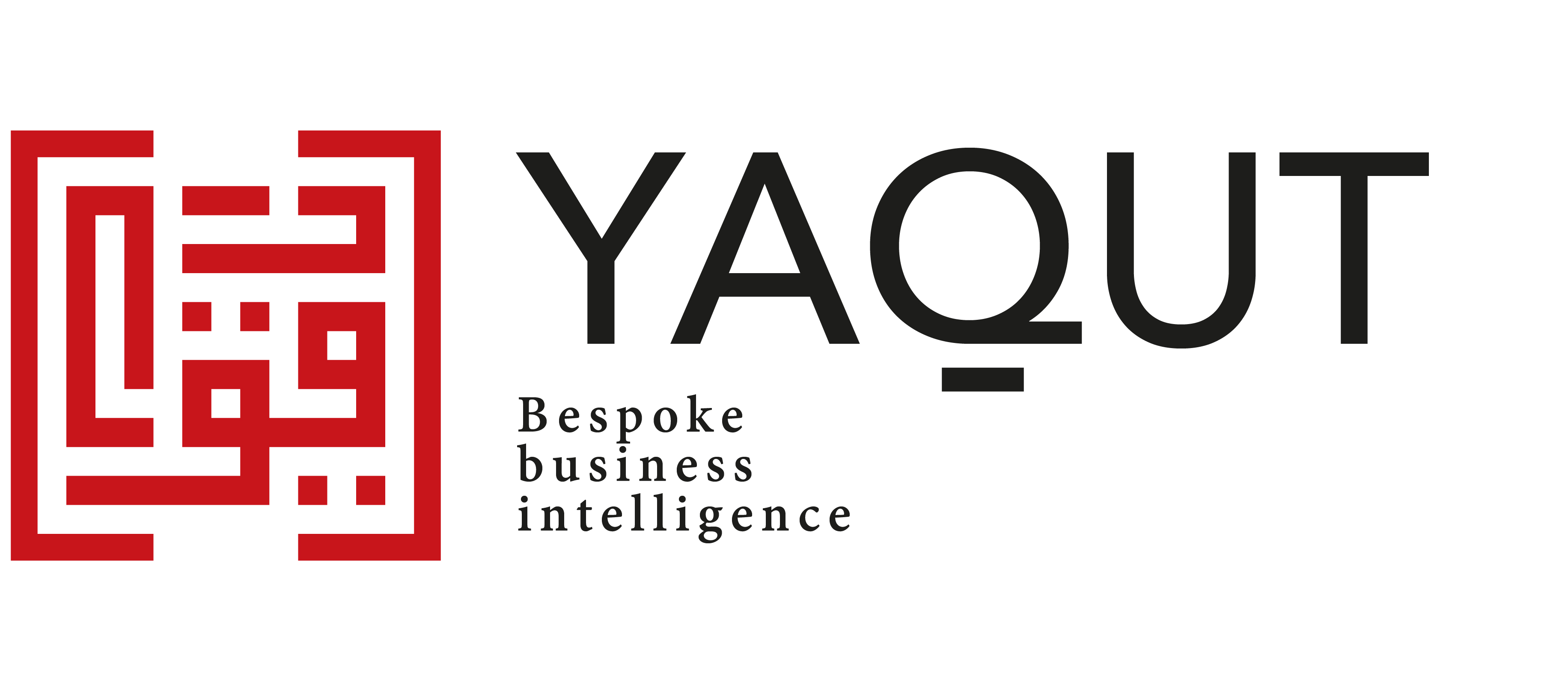AQMI, the Defence Ministry and the Hirak
In a statement dated July 16 AQMI, denied Defence Ministry claims that five terrorists “who were plotting to target peaceful demonstrations” had been arrested in the eastern wilaya of Batna.
Two days earlier the Defence Ministry had announced that the army had arrested five people “who were not on wanted lists” between July 3 and 7 on suspicion of providing assistance to terrorist groups; “upon further investigation” it turned out the five individuals were terrorists plotting attacks against “peaceful demonstrators in various parts of the country, using explosives”. The arrested men were identified as A. Wail, B. Aymen, M. Khaled, M. Saad et M. Abderrahmane.
Although the statement did not explicitly name the jihadist group to which the alleged terrorists were supposed to belong, this did not stop AQMI issuing a vehement denial. “The ruling gang’s Defence Ministry issued a statement of lies claiming that alleged terrorists were plotting to plant bombs targeting our people’s uprising against tyranny, injustice and corruption, even though the whole world knows AQMI supports this blessed movement”. The claim “proves the intention of the ruling junta of corrupt generals to change their way of dealing with the people’s uprising through sowing chaos, including by means of deadly bombs among the demonstrators, to justify moving on to their ‘Plan B’, which starts with imposing a state of emergency and ends with prisons and detention centres, exactly as they did in the early 1990s.” AQMI therefore “renews its disavowal of any criminal acts targeting our sons and brothers in any way and reiterates its support to the legitimate demands of our people”.
The possibility of the regime mounting ‘false flag’ operations to incriminate it has been something of a leitmotiv for AQMI since its first statement on the burgeoning mass movement in early March. Indeed, an almost identical exchange between the Defence Ministry and AQMI took place towards the end of March, when the military authorities claimed to have broken up a “terrorist cell” in Oran (west) that had been “preparing terrorist attacks during the election rallies”, prompting AQMI to issue a categorical denial three days later in a written statement that similarly warned that it was “not at all ruled out that senior criminals in the army might resort to conducting criminal operations and then try to pin them on the Mujahideen.” (see our earlier blog post Algeria: Where is AQMI?).
At this stage, it would seem reasonable enough to take AQMI’s strenuous denials of any intention of targeting the ‘Hirak’ at face value – the group’s ‘outreach’ to the mass movement is, if not 100% sincere, at very least coherent with attempts over the past year or two by AQMI and related groups to see beyond the Salafi-jihadi bubble and cleave more closely to the concerns of the broader Sunni Muslim community (see Algeria: Where is AQMI?). Bombing the peaceful demonstrations that AQMI has gone out of its way to praise would run entirely counter to such efforts.
If so, this begs the question of what lies behind the Defence Ministry’s July 14 announcement. If AQMI – the only jihadist organisation currently known to be active in Algeria – was not involved, there remain two possibilities: either a group of non-AQMI jihadis bent on attacking the demonstrators were indeed arrested, or this is disinformation.
If the latter, various possible objectives spring to mind: helping to maintain the ‘cordon sanitaire’ that seems to exist between the Hirak and jihadists (AQMI’s outreach efforts notwithstanding) by means of elementary black propaganda; provoking a reaction (not necessarily public) from AQMI, perhaps to the names announced in the communiqué, in the hope of gathering further intelligence; contributing to a more general climate of fear among the population at large, in the hope of dissuading people from taking part in the demonstrations; or, at the more sinister end of the spectrum, preparing the ground for future false-flag attacks – a hypothesis that, despite its closeness to AQMI’s knee-jerk suppositions, cannot be entirely discounted.
But the first possibility – the apprehension of a jihadi cell that was unrelated to AQMI – cannot be ruled out either, and is in its own way just as troubling. A group influenced by the Islamic State, for example, would certainly have no ideological compunctions about planning attacks against the Hirak, which, with its focus on democratic change as its goal and peaceful mass protests as its method, would count as an un-Islamic or even ‘apostate’ movement in the eyes of Abu Bakr Al-Baghdadi’s followers*. And although its short-lived Algerian affiliate Jund Al-Khilafa was effectively eradicated as a fighting force by the end of 2015, a ‘metastasis’ of the Islamic State in Algeria remains possible, be it in the form of former IS fighters returning from Iraq, Syria or Libya, or newcomers recruited online via one of the myriad jihadi discussion groups on Telegram and other platforms.
(*) In his much commented video message released on April 29 Al-Baghdadi was dismissive of the mass movements in Algeria and Sudan (although he did not go as far as to condemn them openly or call for violence against them):
“It is unfortunate and sad that people fail to realize, up to this moment, why they have taken to the streets and what they want. The moment they displace a taghut, another taghut—more criminal and crueller to Muslims—takes over. We keep telling, and reminding them, that the only effective method against such tawaghit is waging jihad for the sake of God.”
